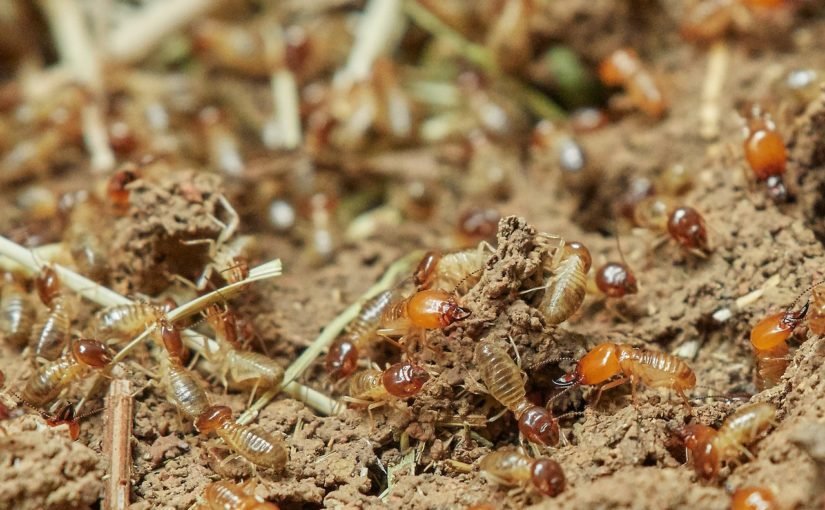
Do you suspect a rodent infestation of some sort in your home?
Hopefully, it’s not true, but the unfortunate fact is that rodents can turn your home away quickly. If they breed, their population size can multiply essentially overnight. Aside from being intrusive pests, rodents can also spread diseases and endanger your health if they get inside your home.
Like most people, finding a mouse in your home is enough to make your skin crawl. But what if you find a mouse and have no idea how it got there? You might be dealing with mice infestation.
Here are some signs to look for:
1. Gnawings
Mice like to gnaw on things, and they can do a lot of damage to your belongings. Gnaw marks can be found on food packaging or furniture, damage to wiring or insulation, and the presence of rodent nesting materials.
You may also see small footprints in dust or dirt around your home. If you find evidence of gnawing, it’s time to start checking around your home for more signs of rodents.
2. Droppings
Mice leave behind small, dark droppings wherever they travel. They may be found in cupboards, drawers, behind appliances, and in other dark, warm places.
If you see rodent droppings in your home, it is crucial to contact a pest control professional to get rid of the infestation. Otherwise, rodents can cause severe damage and spread disease.
3. Nests
Mice will build nests out of anything they can find, including paper, insulation, and fabric. If you find a nest, there’s a good chance there are mice nearby. This can help you assess the situation and develop a plan for removal.
4. Noises
You will likely have a rodent problem if you hear scratching, chewing, and scurrying sounds on your walls, floors, or ceilings.
5. Odors
Mice produce a strong, musty smell from areas where rodents are active. If you notice a strong, musty odor in your home, it could signify a rodent infestation. Mice and rats leave behind a pheromone in their urine that smells musty to us but is attractive to other rodents.
6. Presence of Rodents
One of the most apparent signs of a rodent infestation in your home is the presence of rodents. If you see a mouse or rat running around your house, there likely are more where that came from.
To get rid of rodents, you can try traps or baits. You can also seal up any openings in your home to prevent them from getting inside.
If you have a severe infestation, you may ask our pest control company for help. Click here for more details.
Prevent Rodent Infestation Today!
If you see any of these signs, you should take action immediately to get rid of the pests and prevent them from returning. Early detection is key to preventing a full-blown rodent infestation, so don’t hesitate to ask for help.
Feel free to browse our site to find helpful articles about everything about real estate and home improvement.







